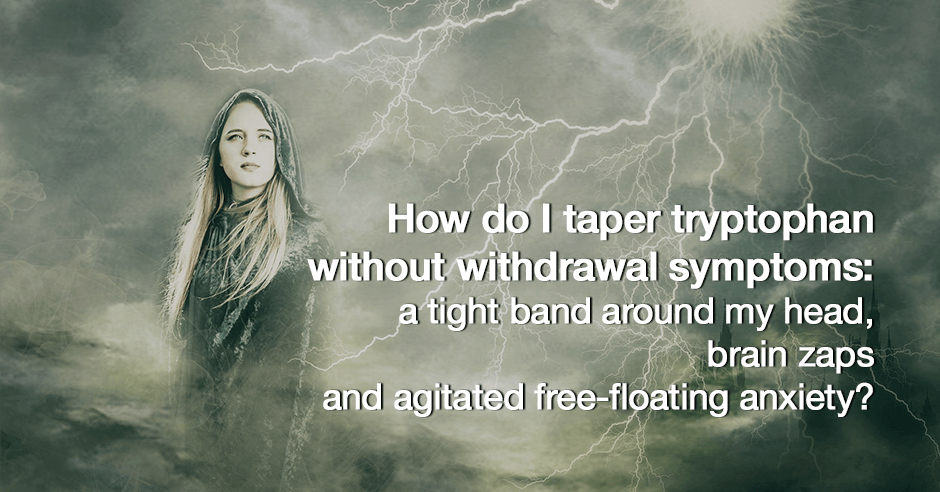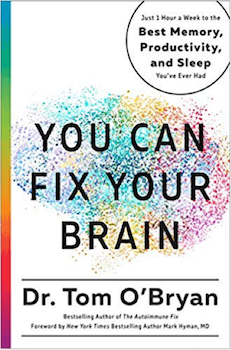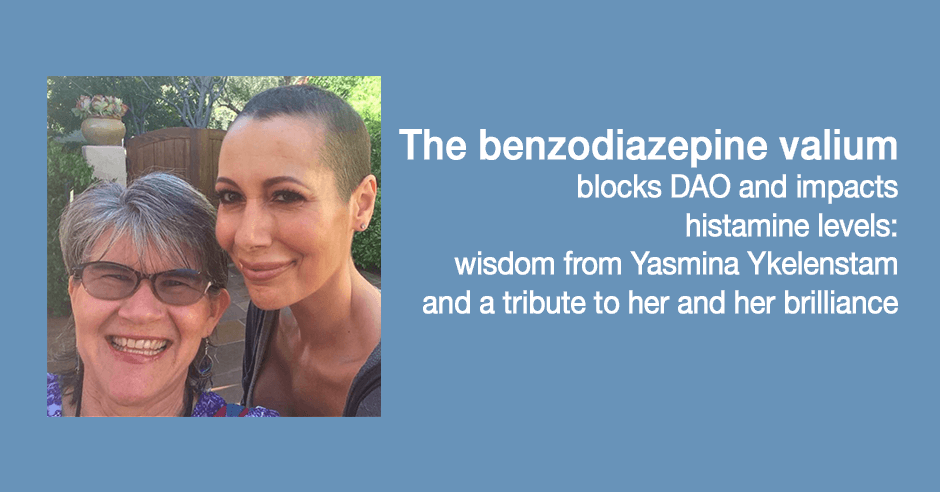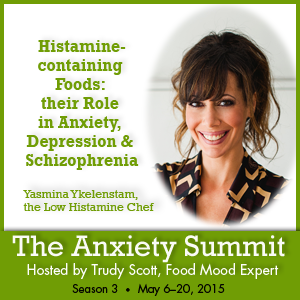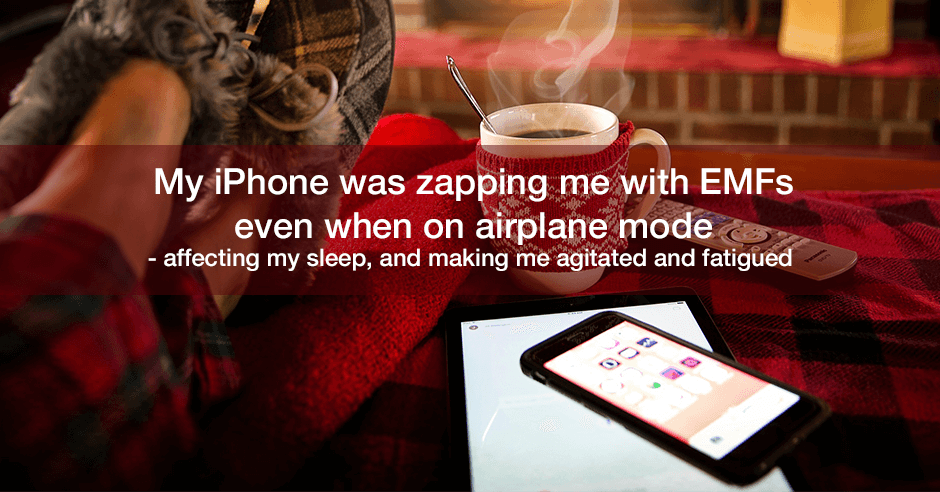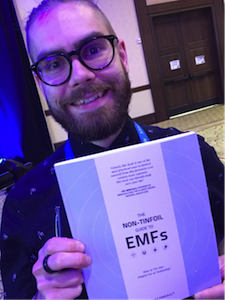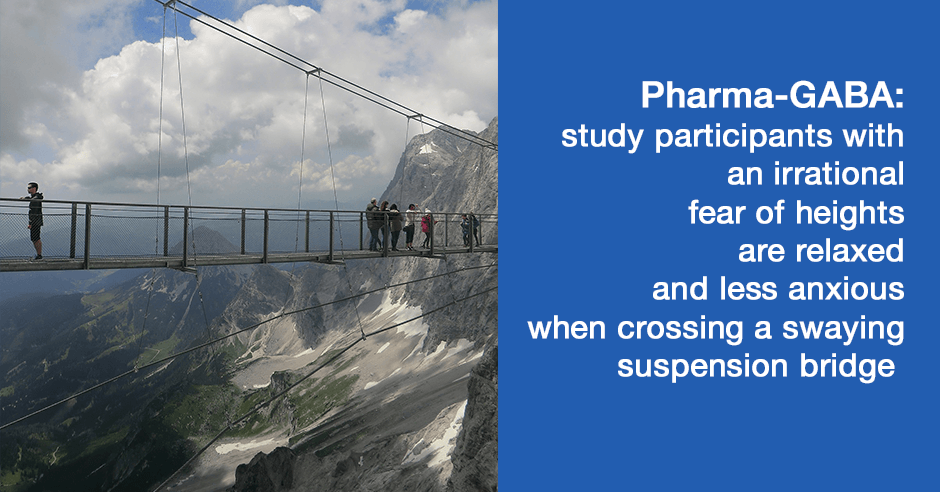
Based on clinical evidence, we know that gamma-aminobutyric acid (GABA), a calming amino supplement, reduces anxiety. There isn’t as much research on GABA or Pharma-GABA as we’d like to see, so we’ll take small studies that are done on humans.
In a 2006 study, Relaxation and immunity enhancement effects of gamma-aminobutyric acid (GABA) administration in humans, Pharma-GABA was used to determine if it would increase relaxation and reduce anxiety during the stressful event of crossing a suspension bridge:
Eight healthy volunteers, with no clinical evidence of any illness, (5 males and 3 females) aged 25 to 30 years who had a history of acrophobia [extreme or irrational fear of heights], were recruited.
Subjects crossed … a pedestrian suspended bridge at Nara Prefecture, Japan (Totsu River Bridge) with 54 m height, 300 m length, and 2 m width.
I believe it’s also called the Tanize Suspension bridge and is one of the longest suspension bridges in Japan. You can see pictures of the bridge here and here. They say this: “though quite safe, the swaying motion can be disconcerting, or fun, depending on your perspective.”
If we convert that to feet, it’s 177 feet high, almost 1000 feet long (about 3 times the length of a football field) and 6 feet wide.
There were 2 groups: placebo and Pharma-GABA. Salivary immunoglobulin A (IgA) levels (also known as secretary IgA or sIgA) was measured in both groups and used as a marker of relaxation and stress, as well as immunity. Saliva was collected before crossing the bridge, half way across and at the end. The study found that the
placebo group showed marked decrease of their IgA levels, while GABA group showed significantly higher levels.
And concludes as follows:
GABA could work effectively as a natural relaxant and its effects could be seen within 1 hour of its administration to induce relaxation and diminish anxiety. Moreover, GABA administration could enhance immunity under stress conditions.
The paper is reporting about 2 studies and it’s not clear how much Pharma-GABA was used in this bridge study – it was either 100mg or 200mg. Results were observed within 60-90 minutes. Also, this study was conducted by the company who makes the Pharma-GABA product, and they do say that this bridge study includes unpublished data. Notice that they use the term GABA in the paper – I prefer to differentiate since Pharma-GABA and GABA are actually different.
Other than this and the very small number of participants, I’m always encouraged by any research we have. Clinically, we see very similar results with GABA or Pharma-GABA when someone has a fear of something – heights, flying, spiders etc. – and it typically addresses the physical fear and anxiety symptoms.
Here are some of my thoughts as to why results were only observed after 60 minutes:
- Pharma-GABA was used in the study and for some folks this is not as effective as using GABA. I typically start my clients on GABA.
- Using GABA sublingually often has calming results in under 10 minutes, so a chewable Pharma-GABA may have been a better option and would be something I’d recommend
- Low serotonin is commonly a factor with fears and phobias and I’d recommend a trial of tryptophan
The resources in this blog and my other articles are intended to be used in conjunction with my book: The Antianxiety Food Solution – How the Foods You Eat Can Help You Calm Your Anxious Mind, Improve Your Mood, and End Cravings (Amazon link). If you do not have my book I highly recommend getting it and reading it before jumping in and trialing/taking amino acid supplements: There is a complete chapter on the amino acids and one for pyroluria, plus information on real whole food, sugar and blood sugar, gluten, digestion and much more.
You can find the GABA and tryptophan products I recommend on this blog: The Antianxiety Food Solution Amino Acid and Pyroluria Supplements
How would you feel walking across a swaying suspension bridge like this?
Have you used Pharma-GABA, GABA and/or tryptophan to help you with the stress and anxiety caused by a phobia like this or another phobia?
